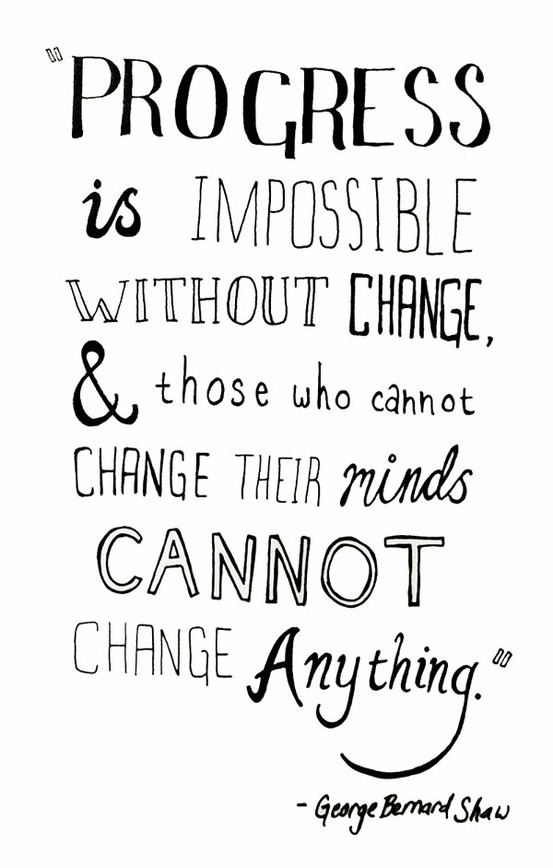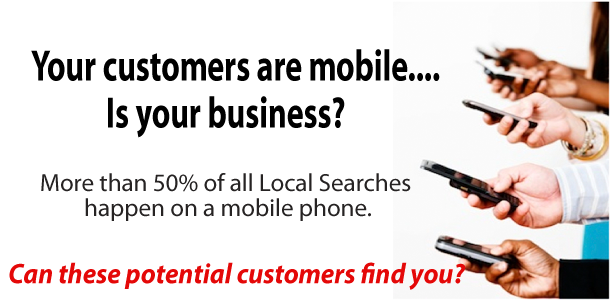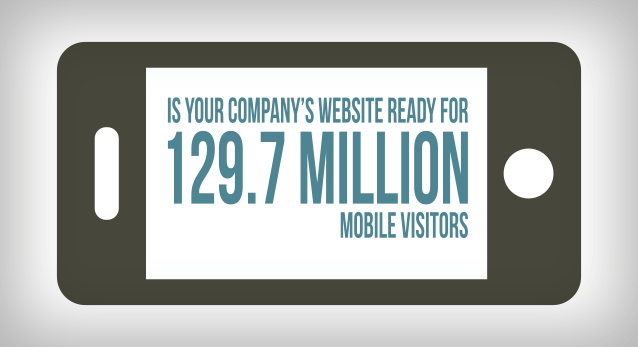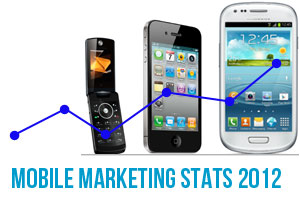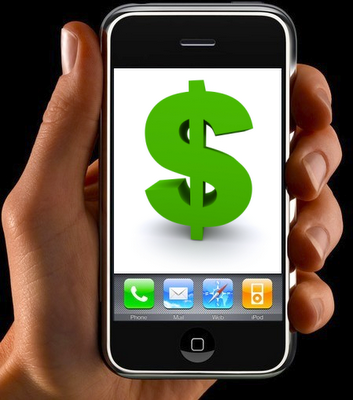SMS Mobile Coupons On The Rise Says Report
According to a recent report from RadiumOne, 42.3 percent of customers would rather receive SMS-based mobile coupons than scan barcodes or use push notifications. The report, titled “Improving the Performance of Mobile Coupons”, found that 61,9 percent of people are using mobile coupons at grocery stores and retailers while51.5 percent of smartphone users choose to use mobile coupons over the 23.8 percent that use scanning-based methods.

“Based on our results, we can make the assumption that people prefer to have control over the mobile coupon process and want to have mobile coupons readily available anytime on their mobile device,” said Vice President of RadiumOne, Kamal Kaur. “Consumers also view push notifications as more invasive than SMS, which is another reason why SMS coupons are preferred.”
The report was also able to highlight how women are using mobile coupons for their household purchases, especially women among the 35-54 year old demographic. “When presented with a sales opportunity or coupon,” continured Kaur. “The in-ad options allow women to engage with a brand’s content with great autonomy and choice – a method most preferred and appreciated by this particular demographic.”
Couple this with the rise in social media and mobile and this new information revelas a very promising opportunity with women consumers for businesses and companies that still has yet to be fully taken advantage of. “A demographic, that for the most part, continues to feel misunderstood by advertisers,” said Kaur.
So we know that mobile coupons are preferred by mobile users, especially by women, so that means, naturally, mobile coupon use is also growing. Smartphones are responsible for most of the mobile coupon use, but mobile coupons are text-based so you can send mobile coupons to virtually any phone that is SMS capable.
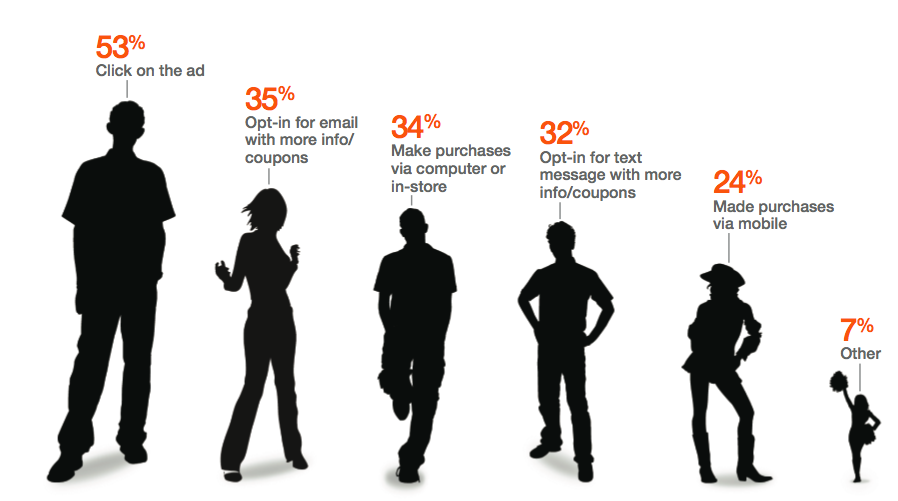
RadiumOne’s report examined how customers engage with mobile coupons on their mobile devices while also staying aware of which digital promotions are best designed to fit the desires of customers. As mentioned before, women between 35-54 years of age are the fastest growing mobile coupon demographic since mobile coupons are so easy for them to use. Because of this,marketers and advertisers have been given an opportunity to grow their relationships with these customers.
The report shows that users are valuing efficiency, utility, and ease-of-use with mobile coupons. They especially liked SMS-based coupons and when they were alerted about their coupons through push notifications.
The beauty of mobile coupons is that users can use them four different ways. They can scan them with a 2D barcode, check-in on a mobile app, tap their phones at a point-of-sale terminal, or use a digital loyalty card.
RaduimOne discovered a number of key marketer best practices when dealing with mobile coupons during the course of the study. They recommended multi-step redemption processes, tailoring mobile coupon offers for everyday products, pushing appropriate offers to mobile shoppers through text messaging, and taking advantage of in-app loyalty programs which will automatically redeem mobile coupon offers.
“The ability for brands to identify consumer behavior and understand when people are most likely to interact with brands on their handheld devices is critical when designing a multi-channel media strategy that may include in-store digital promotions,” noted Kaur. “According to survey findings, the top three most frequently redeemed coupon categories included groceries, retail goods and food and drink. Along with that, retailers are currently delivering coupons in four different ways including: scanning a QR code, checking-in on a mobile application, tapping their phone on a point-of-sales terminal or redeeming coupons via digital loyalty cards.”
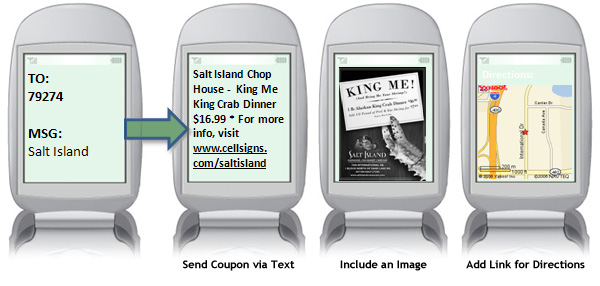
So as you can see, mobile coupons are not only growing in popularity, but they are also being used more and marketers are learning how to use them more efficiently. Mobile coupons should be considered by ANY company if they want to bring in more traffic, more leads, and generate more conversions. But you need to hop on the trend now before it leaves you, and your company, in the dust.







